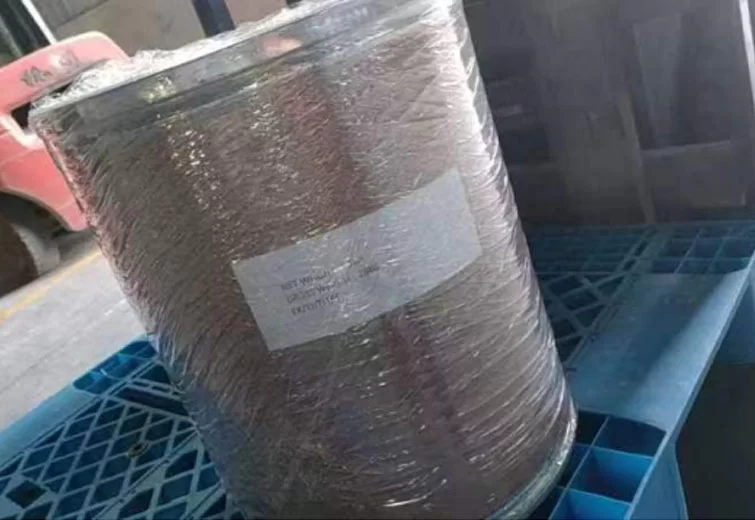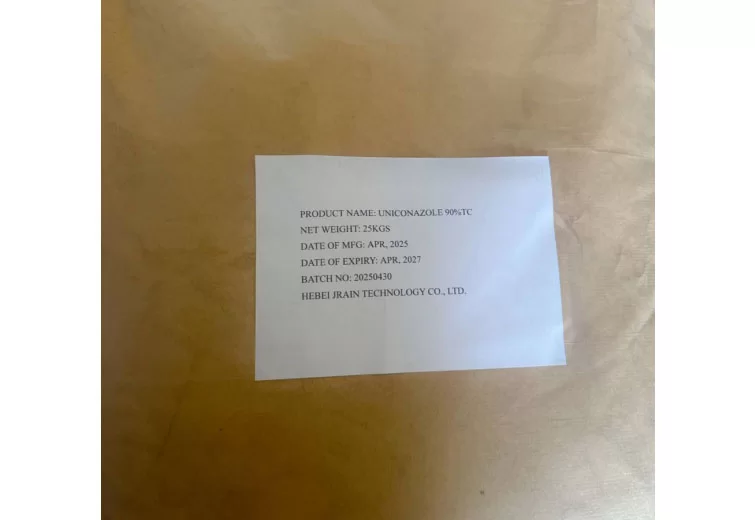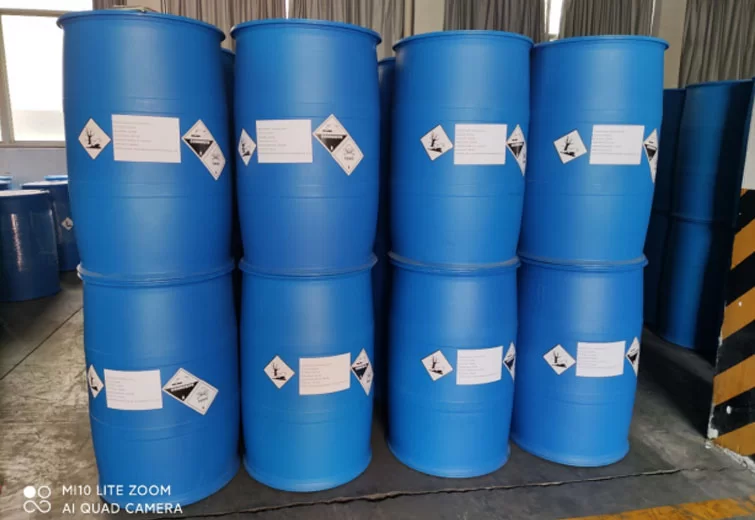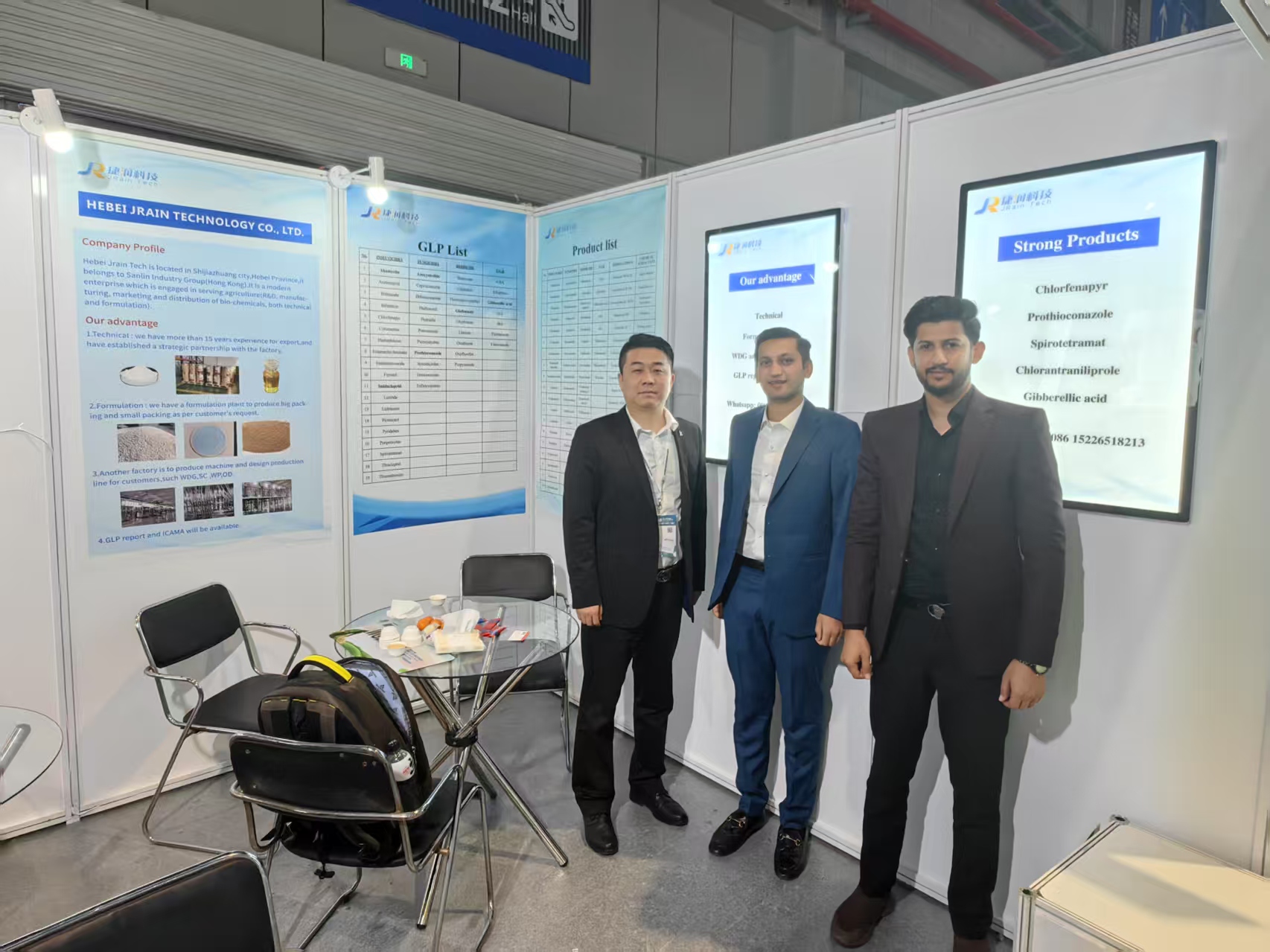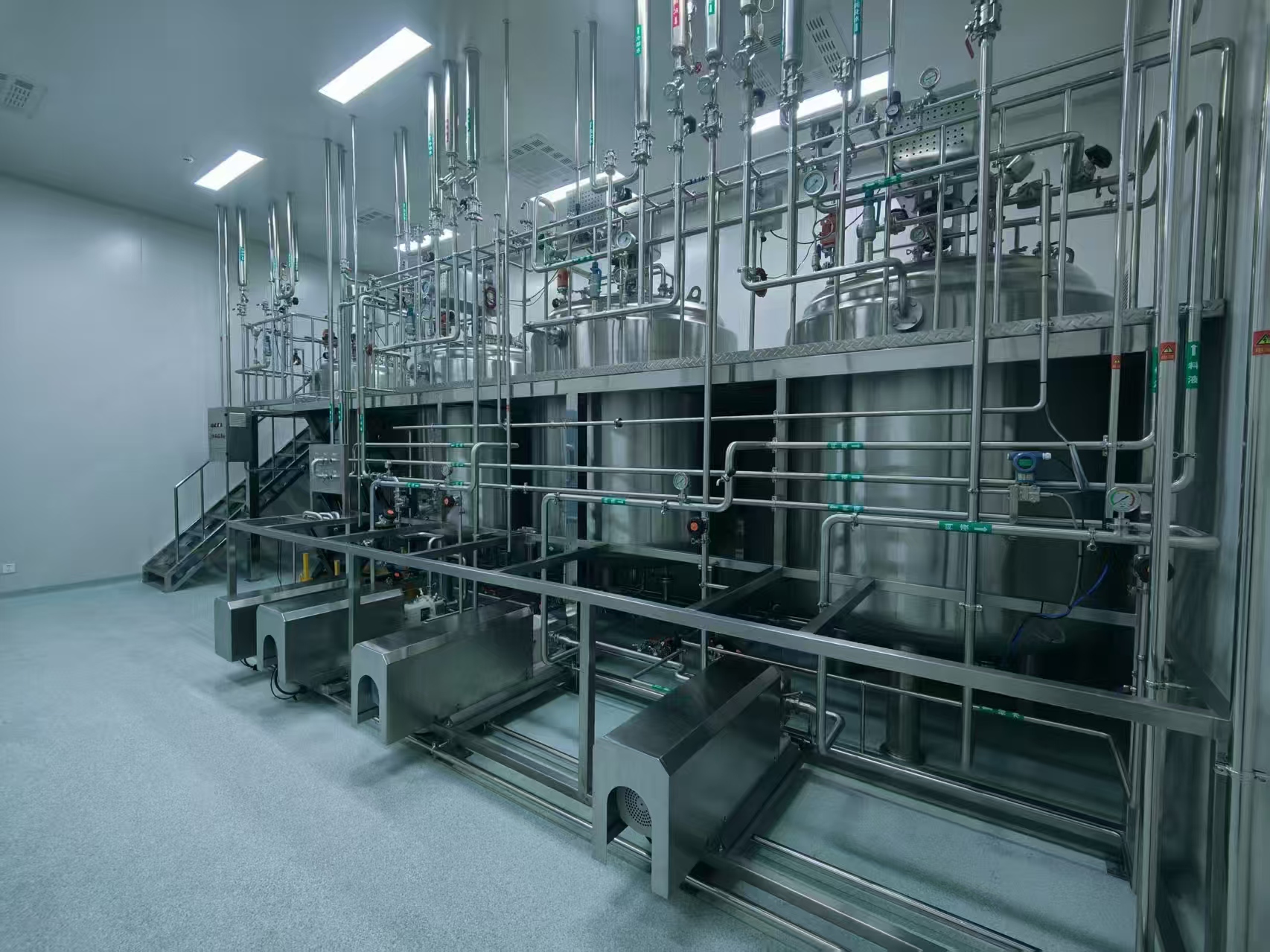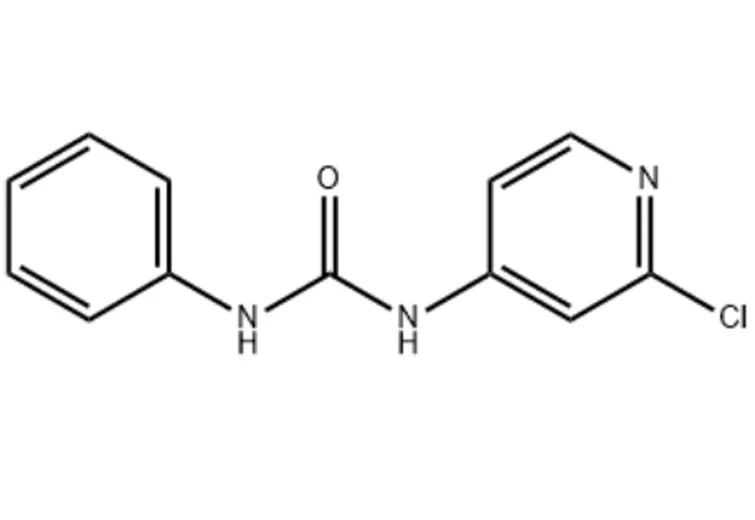
Forchlorfenuro
1. Usage: It is a benzoylurea type plant growth regulator with cytokinin activity. However, its biological activity is 10 to 100 times higher than that of 6-benzylaminopurine. It is widely used in agriculture, horticulture and fruit tree cultivation, promoting cell division, cell expansion and elongation, promoting fruit enlargement; increasing yield; and extending shelf life, etc.
2.Customerized packing label
3.Professional registration GLP,ICAMA,LOA etc.
4.FAO standard
What Our Customers Say About Forchlorfenuron
Forchlorfenuron (CPPU) FAQs
-
80%High PurityEnsure the reliability of each product.
-
58%Fast-Acting FormulaQuickly provide visible effects
-
What is the primary function of Forchlorfenuron in agriculture?
What is the primary function of Forchlorfenuron in agriculture?
Forchlorfenuron is a synthetic cytokinin plant growth regulator that primarily promotes cell division and expansion, leading to significant fruit enlargement in crops like kiwifruit, grapes, and melons. It enhances fruit setting, reduces fruit drop, and improves uniformity of fruit size, which is particularly valuable for commercial fruit production where consistent sizing is crucial for marketability.
-
How does Forchlorfenuron work at the cellular level?
How does Forchlorfenuron work at the cellular level?
This PGR mimics natural cytokinins by stimulating cell division through activation of cyclin-dependent kinases while simultaneously delaying senescence. It enhances sink strength in developing fruits by increasing auxin transport and sugar accumulation, resulting in larger, heavier fruits with improved flesh density and extended postharvest shelf life under proper application conditions.
-
What crops show the most significant response to Forchlorfenuron?
What crops show the most significant response to Forchlorfenuron?
Kiwifruit demonstrates the most dramatic response with 30-50% size increases, followed by table grapes (20-35% berry enlargement), and melons (15-25% weight gain). Apples and pears show more moderate responses but benefit from improved fruit retention and reduced preharvest drop when used at lower concentrations.
-
How does Forchlorfenuron interact with other plant growth regulators?
How does Forchlorfenuron interact with other plant growth regulators?
When combined with GA3, it produces synergistic effects on fruit sizing - the GA3 promotes cell elongation while CPPU enhances cell division. However, such combinations require precise rate adjustments as the balance affects final fruit shape, texture, and maturation timing in crop-specific manners.
-
What safety precautions should growers observe?
What safety precautions should growers observe?
Wear protective equipment during mixing/application as concentrated solutions may irritate skin and eyes. Observe preharvest intervals (typically 14-28 days depending on crop) and avoid contamination of water sources. Some export markets have strict MRLs, so verify residue limits before use on produce destined for international markets.

